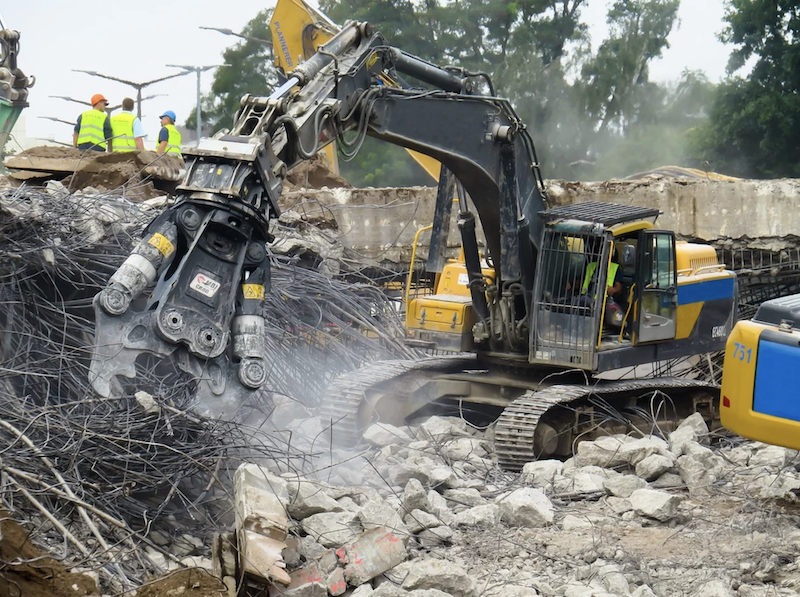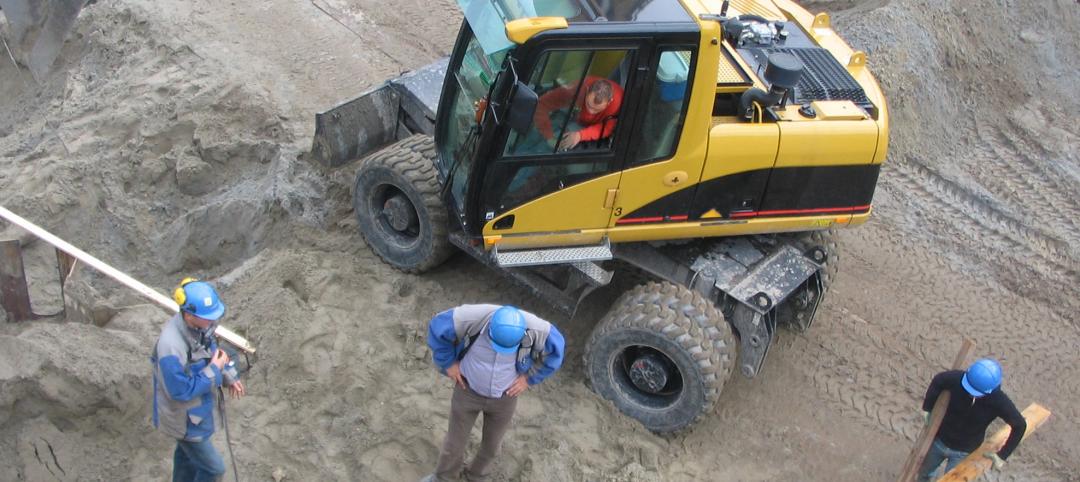Embodied carbon in buildings accounts for 11% of all global greenhouse gas emissions, according to The Urban Land Institute’s (ULI) Greenprint Center for Building Performance.
A new report from that group, Embodied Carbon in Buildings Materials for Real Estate, explains how reducing embodied carbon in the construction process can save developers money and help mitigate the impacts of climate change. Embodied carbon refers to the emissions associated with the manufacturing, transportation, construction of building materials, as well as building materials disposal.
Greenprint and its members are striving to reduce greenhouse gas emissions by 50% by 2030. The report examines multiple steps that contractors and developers can take to reduce their embodied carbon:
· Consider low-carbon structural materials, such as green concrete, recycled steel, or mass timber
· Reduce the total materials in building design, which can result in lower costs
· Repurpose used materials as much as possible, which can add authenticity to a project
· Specify lower-carbon materials when offering an RFP, which often comes at no added cost
· Calculate the embodied carbon of the materials in the project, to understand the emissions impacts and prepare the building for eventual embodied carbon reporting regulations that may be enacted by local municipalities
· Promote the embodied carbon reductions gain to build community good will and increase market awareness and adoption of reduced embodied carbon buildings
Related Stories
| Nov 3, 2011
OSHA Publishes Information on Rights and Safety
OSHA recently published new and revised information that explains workers’ and employers’ rights, as well as how to protect workers from hazards in the construction industry.
| Nov 3, 2011
Sierra Club Critical of Albuquerque Mayor’s Push to Weaken Green Code
The mayor’s plan to move to a less environmentally friendly code would mean confusion for people in the construction industry and a loss of energy efficiency and money for consumers, said Shrayas Jatkar of the Sierra Club.
| Nov 3, 2011
Lax Code Enforcement Blamed for Deaths in Turkey’s Earthquake
Despite tough safety codes approved a decade ago after earthquakes killed 18,000 people, lax enforcement led to hundreds of deaths after a recent earthquake in Turkey.
| Nov 3, 2011
International Green Construction Code Will Provide Template for Local Codes
A uniform code for green construction is being readied for publication in March.
| Oct 31, 2011
NIST issues new code requirements
Buildings taller than 420 feet are now required to include an extra exit stairwell or a specially designed elevator that occupants can use for evacuations.
| Oct 28, 2011
Los Angeles County mulling building codes for improving health
An ordinance would amend county building codes to promote better walking environments, encourage more bicycling, improve access to healthy foods (farmers markets, community gardens), and enhance project review requirements to ensure that developers include healthy-lifestyle components in their building plans.
| Oct 28, 2011
Bipartisan opposition to federal 3% withholding for contractors
Both major political parties and the Obama Administration support repealing a law that would withhold 3% of all government contracts.
| Oct 28, 2011
OSHA requires training module on top causes of construction deaths
The Occupational Health and Safety Administration (OSHA) now requires a training module on the top four causes of death for construction workers.
| Oct 28, 2011
New York City requiring building energy use to be posted online
Owners of every New York City commercial and residential building larger than 50,000 sf will have to post each building’s energy use online by 2013.
| Oct 28, 2011
New ISO standard for escalator safety
A new ISO standard specifies safety requirements for escalators and moving walks.











